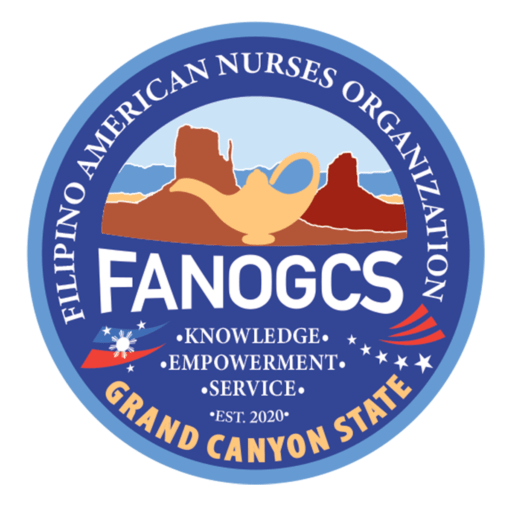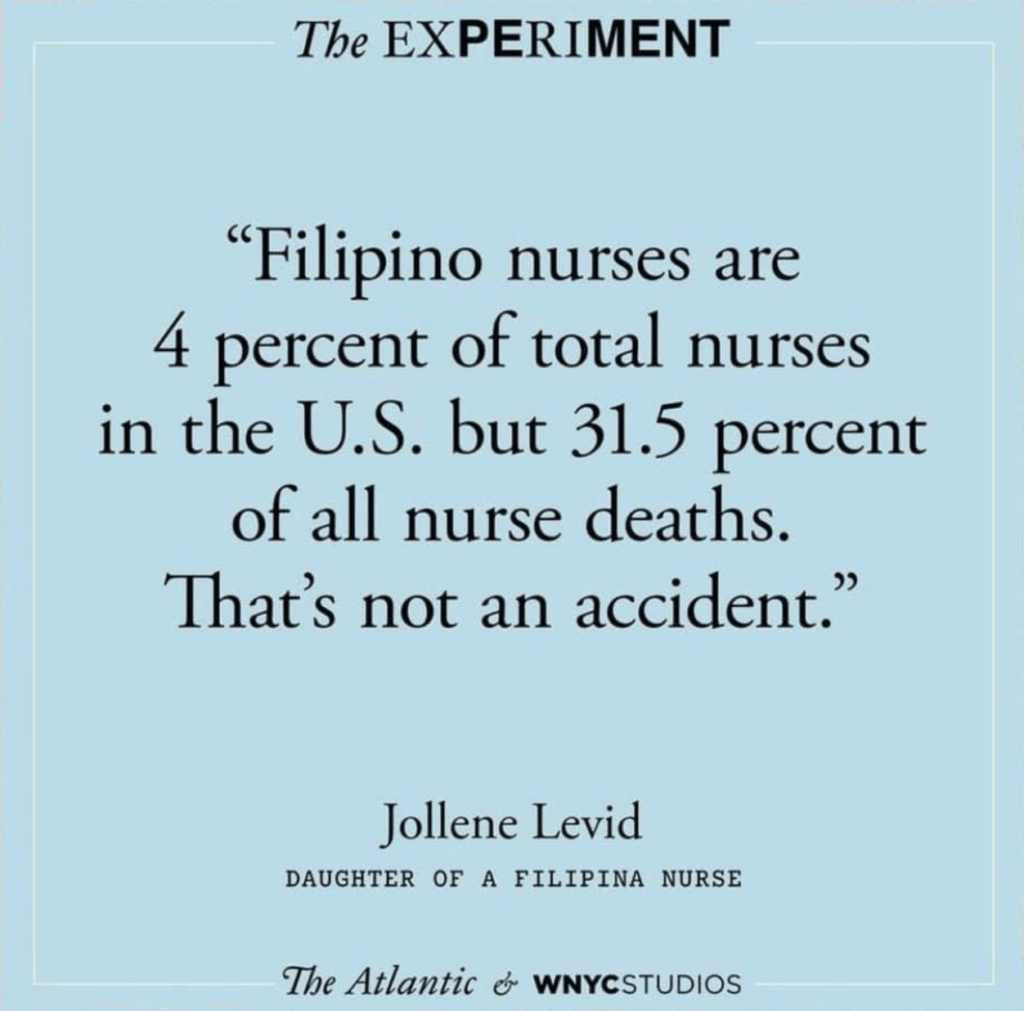“The decision to make our unit the designated Covid unit for our hospital was not received warmly and openly as one can expect.
It’s mainly due to fear of the unknown: is the virus airborne or droplet; N95 mask or simple surgical mask? Do we have enough equipment to protect the frontline workers?
We had two days to mentally prepare the staff with a townhall meeting and two days after, we were “it”.
The decision to make our unit the designated Covid unit for our hospital was not received warmly and openly as one can expect. It’s mainly due to fear of the unknown: is the virus airborne or droplet; N95 mask or simple surgical mask? Do we have enough equipment to protect the frontline workers? We had two days to mentally prepare the staff with a townhall meeting and two days after, we were “it”.
The information changed almost by the hour which added to the confusion and frustration for the frontline staff. In my unit, we were told to use simple mask as it is a droplet precaution, but if you walk a few feet to the ICU unit, everyone was equipped with N95 respirator masks. What’s the difference? Are we less valuable than the ICU staff and therefore less protected? Some doctors rounding our unit would ask for N95 to see their patients and when we tell them that we can only provide them with simple mask, they get upset and would say, “ I was just in ICU and everyone was using N95 for the same type of patients: PUI and rule outs”. It totally sends a mixed message to the staff and patients as well. The CDC offered little help in clarifying and alleviating the situation especially when at one point they recommended using bandana as acceptable form of PPE. We looked up to this institution for guidance in crisis like this, but personally I feel that they let the healthcare workers down. They based their decision in choosing the type of appropriate PPE on availability and not on safety and science. The management in our hospital insisted on using simple mask unless we’re performing certain tasks such as swabbing a patient for the purpose of obtaining a sample; code blue situation or certain approved respiratory treatment, for these warrant an N95 mask. There is also a designated PPE nurse whose main purpose is to micromanage the supplies. We are assigned goggles that we are cleaning and reusing between patients for the 12-hour shift. The simple masks are discarded after one use along with the gowns. Some staff took the initiative in calling paint stores, home improvement stores and other industrial places around the valley to procure N95 respirator masks. Some drove around as far as Peoria, Glendale and Tucson to obtain the masks (using our own personal fund), as most of the places only sell a few units at a time. I feel like the hospital should and could have done the legwork in getting these much-needed protective equipment for us, because waiting for the stockpile that the governor is allotting for our hospital is already too late. We are already exposed.
On a positive note, the community has showed tremendous support for the healthcare workers. Everyday for the past week, our lunches have been donated by local restaurants and friends and families of our nurses. What we have in our power is to choose to stay positive in these trying times. Encourage the community to do his/her part in complying with stay at home ordinance, social distancing, hand hygiene and it start with our own families.
This too shall pass.
Donnabelle Maglalang
President, FANOGCS, October 2020
While many nurses have been speaking out about the lack of tests and inadequate PPE, Filipino nurses usually find it more comfortable to remain silent. Cris Escarrilla at the San Diego chapter of the Philippine Nurses Association of America remarked, “We don’t really complain that much. We are able to adapt and we just want to get things done.”
Zenei Cortez, RN, president of National Nurses United and the California Nurses Association, acknowledged this, saying “Culturally, we don’t complain. We do not question authority. We are so passionate about our profession and what we do, sometimes to the point of forgetting about our own welfare.” However, Cortez thinks that the younger generation of Filipino nurses seem to be finding their voices: “What I am seeing now is that my colleagues who are of Filipino descent are starting to speak out. We love our jobs, but we love our families too.”
New York City is Fighting COVID Block by Block. Is it Working?
Daily Nurse - The Pulse of Nursing, Sep 27, 2020
The data sheds light on one of the ways Asian Americans have suffered from the COVID-19 pandemic.
Nurses of Filipino descent comprise just 4% of the workforce, but nearly a third of registered nurse deaths due to COVID-19.
National Nurses United, the country’s largest nurse union, released a report Monday detailing COVID-19 deaths among nurses and other healthcare workers. NNU estimates that 1,718 healthcare workers have died due to the disease and related complications, including 213 registered nurses.
Nurses of color made up more than half of the nurse deaths due to COVID-19, despite only making up 24.1% of the workforce.
The largest non-white ethnic group to die of the disease was Filipino nurses. Nurses of Filipino descent account for 31.5% of the workforce’s COVID-19 deaths.
About 4% of registered nurses in the US are of Filipino descent, per a Stat News estimate, but some hard-hit areas employ a larger share of this demographic. ProPublica reported that one of every four Filipinos in the New York-New Jersey area works in healthcare, and they are four times more likely to be nurses.
The data sheds light on one of the ways Asian Americans have suffered from the COVID-19 pandemic.
Among health care workers as a whole, the outsized impact of the virus on Filipino Americans is likely much greater. In California — where more than 39,000 health care workers have contracted COVID-19 and 191 have died — Filipino Americans comprise about 12% of all health care workers and 11% of health care support jobs, like assistants in nursing homes — putting them in vulnerable essential jobs where coronavirus has run rampant and personal protective equipment has been chronically scarce.
How COVID-19 has taken a toll on Filipino-American healthcare workers
Out of the 4 million registered nurses in the United States, four percent, or 160,00 are Filipino.
“Most of these nurses are found in five states particularly,” said Dr. Jurado. “Hawaii, California, New York, New Jersey and Texas.”
According to Dr. Jurado, the majority of Filipino nurses are likely to work at people’s bedside, in acute and critical care.
“As a result of that,” he says, “we have seen more impact of the COVID-19 pandemic to our nurses. Many of our nurses have contracted the virus, [and] many of our nurses have resulted in fatalities,” said Jurado.
The history of Filipino nurses in the United States goes back to colonialism. But it was after World War II when the migration of Filipino nurses to the U.S. started. Dr. Jurado says every time there has been a shortage of nurses here, the U.S. recruits in the Philippines.
“Many, many of us were recruited from the Philippines because of the shortage with the HIV epidemic.” said Dr. Jurado.
This pandemic is no different. Daisy Doronila is an example. She went to work everyday until she just couldn’t anymore.
“I’m so proud of my mother for saving so many lives in her career, and even to her final day, I know the last person she saved was me from getting this virus, and I will truly miss her,” Rendor said.
Filipino and Filipino American nurses are dying from COVID-19 at disproportionately high rates, accounting for more than 30 percent of the 205 U.S. nurses who have died, though the group makes up just 4 percent of the total nurse workforce.
In California, where about 20 percent of nurses identify as Filipino, they account for nearly 70 percent (11 of the 16) COVID-19 deaths, according to the California Nurses Association. Filipino American nurses are more likely to work in higher-risk roles within hospital systems, such as the intensive care unit, emergency medicine or telemetry units, where high-risk patients are under constant electronic monitoring — putting them directly in the path of COVID-19, said Catherine Ceniza Choy, PhD, a professor of ethnic studies at University of California, Berkeley. “Filipino nurses, here specifically in the U.S., are concentrated specifically in inpatient critical care services,” Dr. Ceniza Choy said. “Many of them are also caregivers at home, not only of children, but also their parents and other elders. And so part of the problem with the pandemic is these multiple layers of vulnerability and exposure.”
Quotes from the Covid Floor
“Are we less valuable than the ICU staff and therefore less protected? ”
- Quote Source
“Filipinos make up 4% of nurses in the US, but 31.5% of nurse deaths from COVID-19”
Allana Akhtar, Business Insider, Sep 29, 2020
“We don't really complain that much. We are able to adapt and we just want to get things done”
Cris Escarrilla, MEDPAGE Today, Sep 27, 2020
“Filipino American nurses should emerge as one of the key forces in fighting this pandemic is no surprise”
Emil Guillermo, April 28, 2020

